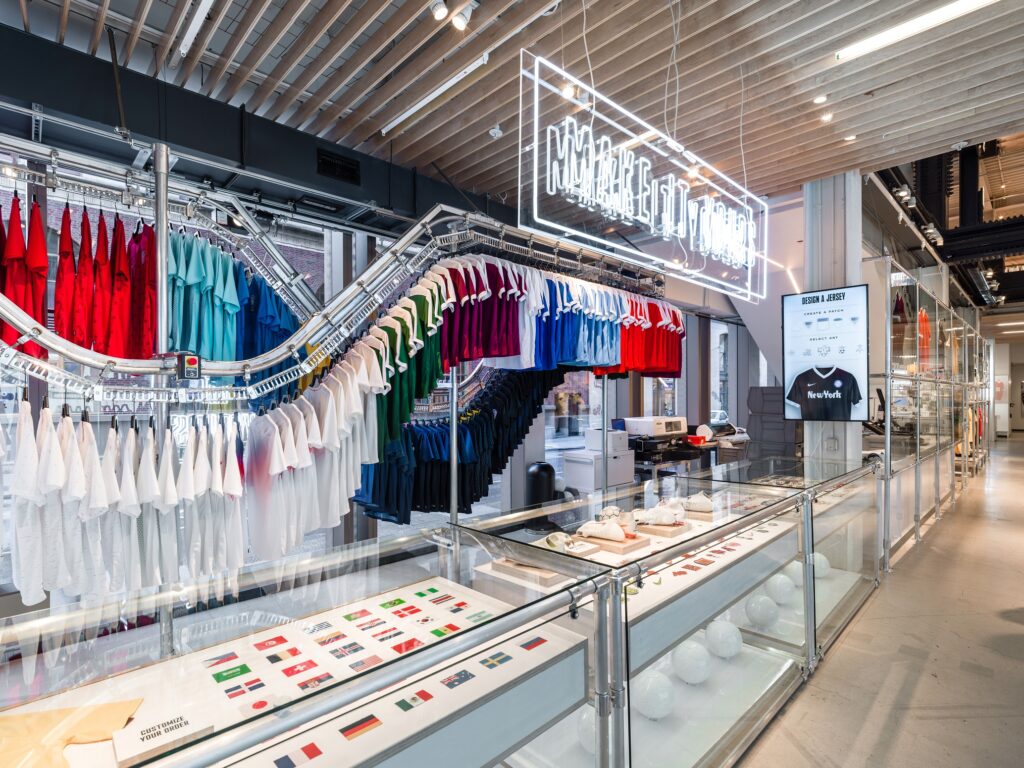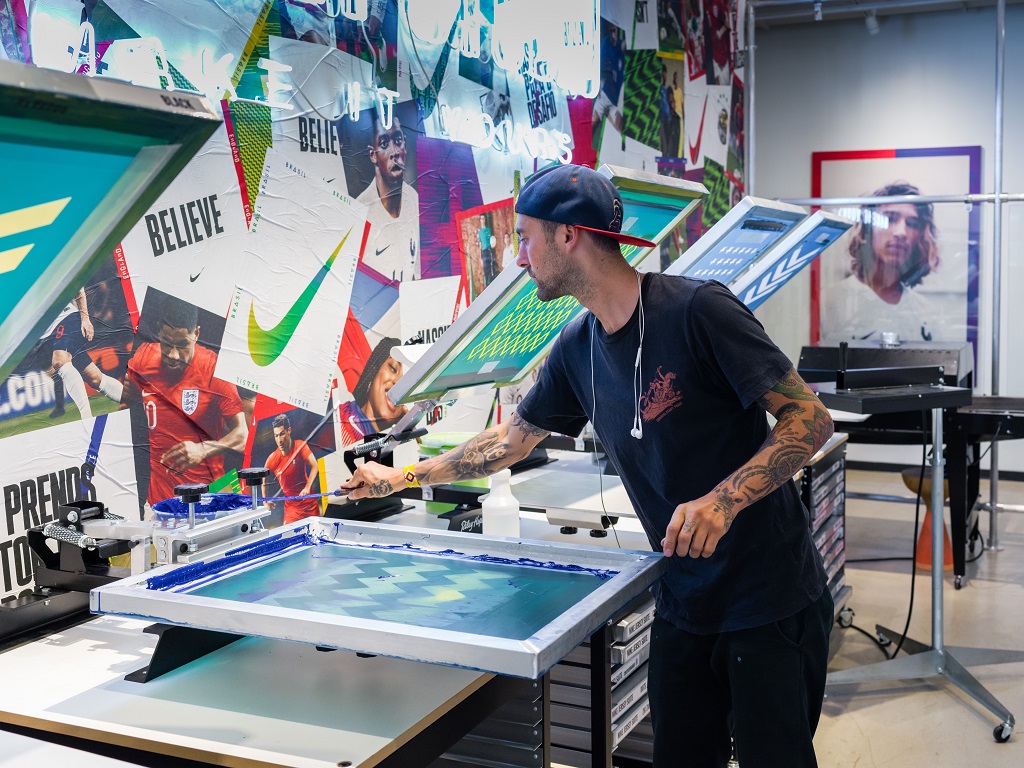Personalization in Retail: Tailoring Marketing Strategies to Individual Consumers

Historically, personalization in retail was simply deemed as an optional marketing bonus. However, thanks to moguls like Amazon, today’s customers have grown to expect personalization. If that expectation isn’t met, they may rapidly become frustrated with the entire buying journey.
In the modern world, achieving differentiation and obtaining a huge competitive advantage relies on personalization. Errol Andam, founder of creative experiential marketing agency 10X10 StudioLab, explains that research has shown how, when properly executed, such personalized experiences consistently drive top line and customer loyalty.
The Importance of Personalization in Retail
Consumers’ expectations mean personalization isn’t just a differentiation tactic anymore — it’s a necessity for survival in today’s market. That said, proper execution allows businesses to survive and thrive.
Personalization at scale (i.e., companies have personal interactions with large customer segments) provides a 1% to 2% boost in total sales for grocery businesses and an even higher increase for retailers. Plus, such programs reduce sales and marketing costs by up to 20%.
Successful personalization efforts produce more engaged customers while driving the top line. After all, positive customer experiences directly impact the success of a retailer.
Specifically, the analysts at McKinsey say well-executed personalization:
- provides a 10% to 15% boost in sales-conversion rates
- offers 20% higher customer satisfaction
- improves employee engagement by up to 30%
Those leading the charge of customer experience can provide shareholders with three-times-higher returns than retailers with low customer-satisfaction rates.
Enhancing Personalization in Retail
With the benefits of personalization in retail being so evident, brands should focus on improving their efforts for longevity, increased profits, and competitive advantage within their niche. While that may be easier said than done, the rewards are proven to be more than worth it.
Customizing the Entire Journey
Product recommendations are only one component of the overarching retail personalization effort. Still, it is certainly an important one, as curating the buying journey as a whole is essential for enhanced overall personalization.
Brands’ landing pages, home pages, product pages, and shopping cart pages should be personalized, prioritizing seamlessness and uniqueness for each consumer.
When navigating the website, customers should feel that every piece of content was shown specifically for them. Achieving this is essential to massively increasing the chances of somebody making a purchase.
But it isn’t just the website that needs personalizing — it’s other channels too, including emails and social media platforms. Omnichannel retail personalization is the key to differentiation from competitors and the elimination of friction points.

Wearing Creative Thinking Hats
Creativity is paramount here. Implementing ideas that can work at personal levels, but not necessarily at scale, works wonders.
For example, B2B businesses that write thank-you notes or provide over-the-phone personal sales assistance have a larger impact than brands might think.
B2C retailers can leverage modern tech like AI to skirt around scalability problems. By harnessing the power of AI and machine learning, these technologies can craft and manage email campaigns that deliver personalized messages to those who’ve abandoned their shopping carts.
Learning from the Pros of Retail Personalization
Retailers in all sectors have achieved personalization at scale, finding considerable success. While Amazon is perhaps the most well-known one, brands should also take note of Nike’s and Sephora’s efforts to discover strategies that may work for them.